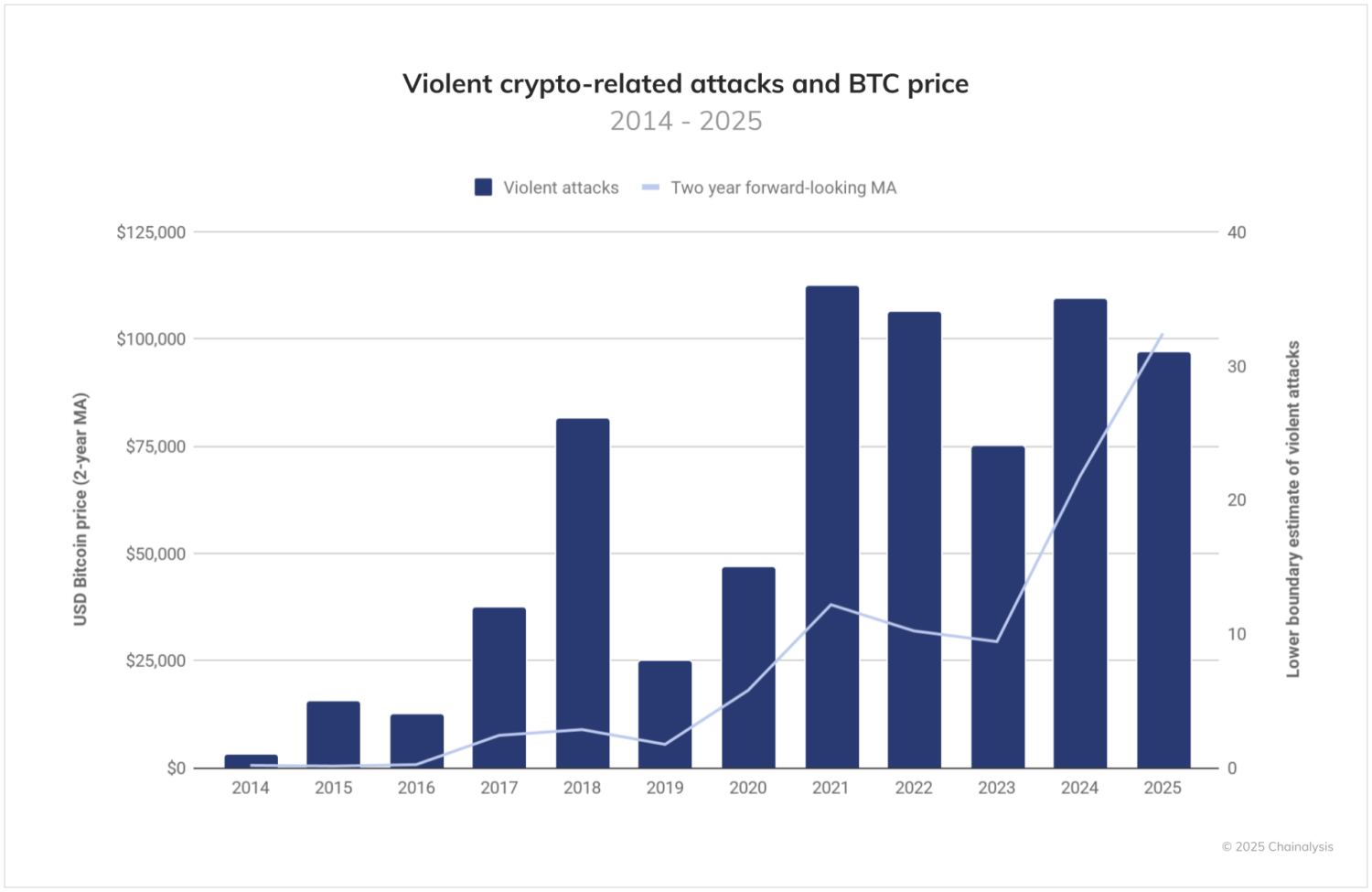Between inflation and reduced contributions, charities and not-for-profits are being squeezed, and even though millions of them are tax-exempt, a lot of them need extra help and time to file their Form 990 with the Internal Revenue Service.
“What we find in working with not-for-profits, May 15 is generally the tax deadline for most nonprofits with a calendar year end,” said Jim Daniels, a tax partner at UHY’s Albany, New York office. “We do a wide variety of tax returns — from colleges and universities, to associations and also other charities — and May 15 is the first deadline to file the not-for-profit tax return. The majority of not-for-profits go on extension, because in terms of filing your tax return, there’s a lot of information these days. Because it’s a public document, it’s the face of the organization and a lot of people who might do research about a not-for-profit are able to access the 990, which has everything from financial information on it to disclosure in terms of compensation, any board dealings, any donor information, any international transactions.”
“The 990 is really a document that is a snapshot of how the organization exists,” he added. “It goes on extension generally because I think organizations are careful to fill out the 990. They want to make a proper representation of their organization. There’s a lot of governance questions on the 990 in terms of how the organization operates as well as compensation disclosure of its directors and officers. A lot of that is usually scrutinized in terms of putting that on the form, and so extensions are filed because it takes additional time to accurately complete the form.”
“The Nonprofit Trends report talks about funding levels and organizations dealing with turnover, and donor engagement,” said Daniels. “It’s really a lot of the common-sense things in the nonprofit world, that they’re feeling the effect of what’s going on in the economy today, and what’s going on in terms of keeping pace with technology and keeping pace with AI, looking at some other ways to just stay current.”
Nonprofits are giving greater consideration to the profile of the donors they target, with environmental impact (51%), societal impact (35%) and political views (21%) among the biggest considerations in their strategic profile-targeting shifts. To boost operational performance, not-for-profits have been turning to technology. When asked what the most important technology tools to implement are, survey respondents cited mobile payments/crowdfunding tools (31%), compliance and regulatory technology (31%) and cybersecurity tools (26%).
To help with filing the Form 990, smaller nonprofits can now electronically file simplified forms such as the 990-N and 990-EZ. “It depends on what your gross receipts are,” said Daniels. “If your gross receipts are actually less than $50,000, all you have to do is send in a postcard. It’s called the 990-N. And I think if your gross receipts are under $250,000, you can file a Form 990-EZ, and it’s just a lot lesser disclosure requirement for a 990-EZ rather than a 990. But they’re all along the same theme, that you have to have you created an entity that is not-for-profit under the not-for-profit law. Each not-for-profit entity has to file an application for tax exemption with the IRS. Once that’s accepted, then they file the Form 990.”
During an election year, the IRS inevitably sees an uptick in political activity by nonprofits, but its willingness to police such activity by tax-exempt groups such as 501(c)4 organizations has been curtailed ever since a scandal erupted in 2013 over processing of applications for tax-exempt status by such groups, resulting in the
However, UHY clients haven’t been using those processes. “The majority of the entities that we do are 501(c)3’s, although we do some 501(c)6 trade organizations,” said Daniels. “The issue comes down to disclosing the requirements that they maintain to be a public charity versus a private foundation. And for newer organizations, I believe there’s a streamlined tax-exempt application, the 1023-EZ or 1024. It’s a shorter form, but still, you basically have to legally set up an entity, whether it’s a corporation or a trust, in order to operate as a not-for-profit.”
Still, tax-exempt organizations need to be careful about not falling afoul of the rules on adhering to their mission.
“If it’s a 501(c)3, it has to be educational, charitable, scientific or another mission,” said Daniels. “You’ve got to watch out regarding lobbying rules and making political contributions. There are prohibitions against that sort of thing. The questions in the 990 are geared toward maintaining your mission, because they question the governance, the public support and where you get your funding from. Those are the kinds of things that are monitored.”
While the IRS has mostly backed away from policing political activity, it can impose stringent penalties for failing to file a 990 series form.
“If you miss a due date to file the 990, or don’t file an extension or file late, the penalties are pretty harsh,” said Daniels. “It can be up to $50 a day, $100 a day. And the IRS is very quick to notice that a return hasn’t been filed timely. A lot of times we deal with clients who have received notices in terms of filing their forms.”
Tax-exempt status can also be revoked for failing to file for three years, but nonprofits can apply to be reinstated. “We have had occasions where the status has been revoked, but you can reapply,” said Daniels. “There’s a process that you can go through and reapply for your tax-exempt status. That’s important for public 501(c)3’s that receive charitable donations, that they maintain their status.”
Last month, the IRS held a hearing on
“A donor-advised fund makes it easy because the compliance is taken care of, so you can personally put money in a donor-advised fund and then they take care of all the paperwork, and the money can sit in the fund,” said Daniels. “You can prefund it and not distribute it all in the same year. And that’s kind of the same theory with private foundations. The difference between a private foundation and a public charity is that you really have only one source of contribution to that foundation, so people might set up family foundations, and they’re supposed to distribute 5% of the assets on an annual basis. And private foundations also pay a tax on net investment income of a little over 1%. Those are monitored. As the assets grow, you’re supposed to give away at least 5% of the assets every year to a charity.”
The Tax Cuts and Jobs Act of 2017 doubled the size of the standard deduction and caused fewer taxpayers to itemize and claim the charitable deduction. However, the deduction is still widely used, especially by higher-income taxpayers.
“That affects mostly smaller donors,” said Daniels. “If they won’t exceed the itemized deduction limitation, there might be a hesitancy in terms of giving money away. Now, the flip side of that is, depending where you live, you can still get a benefit on your state taxes. Whereas if you don’t itemize, federally, you might get a benefit on your state taxes for that gift. But it would be at a lower value because generally state tax rates are lower than the federal tax rates. But in terms of larger taxpayers who tend to give away more, I don’t know if you’ve seen that kind of deferral or not wanting to give away as much because they pretty much exceeded the itemized deduction limitation anyway.”
With many provisions of the TCJA for individual taxpayers set to expire in 2025, the charitable deduction and the estate tax might apply to more taxpayers.
“It depends on who’s in power in the legislature or the presidency, and what’s going to get done,” said Daniels. “It’s difficult to project. Right now, everyone’s worrying about the estate tax exemption dropping off at the end of 2025, from $12 million to some lesser amount. That’ll be the big buzz. But I can tell you in my lifetime, the estate tax exemption has never gone backward.”
Regardless of what happens, nonprofits have to be aware of the applicable rules. “I think not-for-profits still have to be cognizant of being compliant,” said Daniels. “We haven’t seen as many examinations by the IRS in terms of looking at not-for-profits, at least in our upstate New York area. A lot of the questions come through tax notices, either compliance penalties with late filing or regarding 1099 filings. But we still try to ensure that everybody is complying and giving full disclosure on their 990s.”
Credit: Source link











